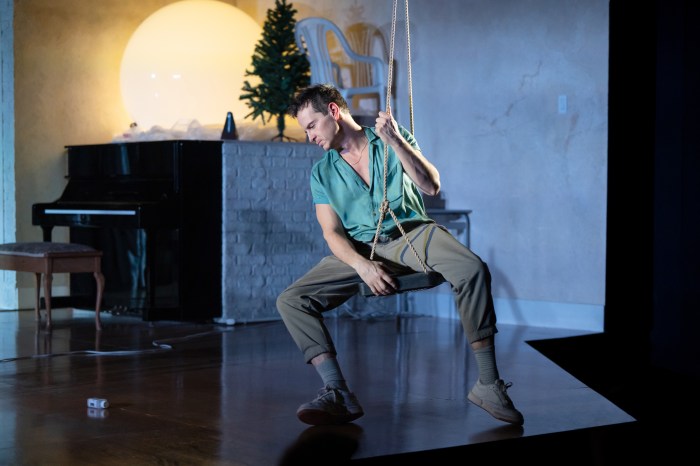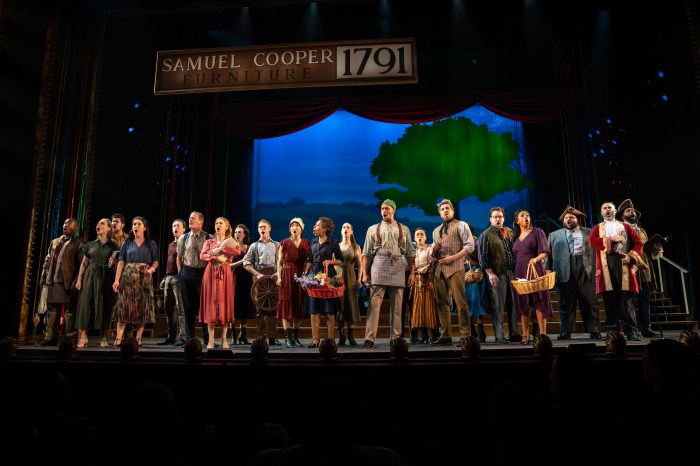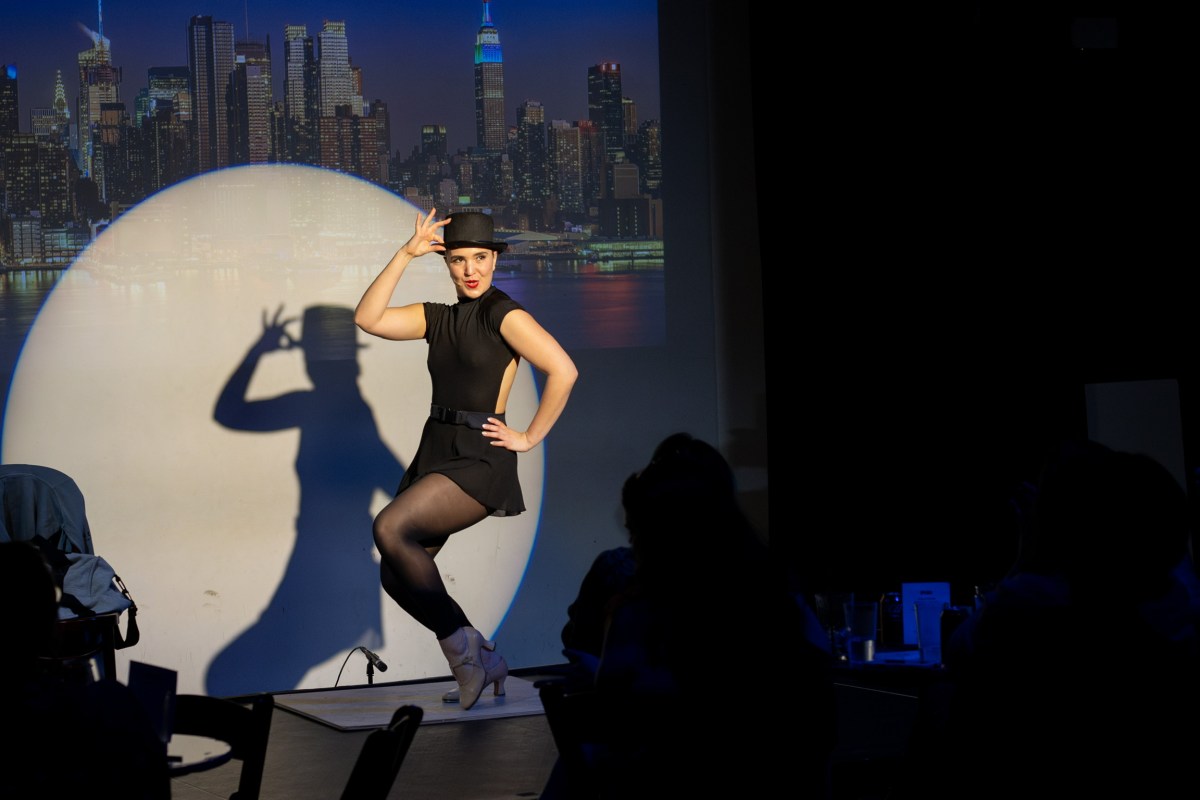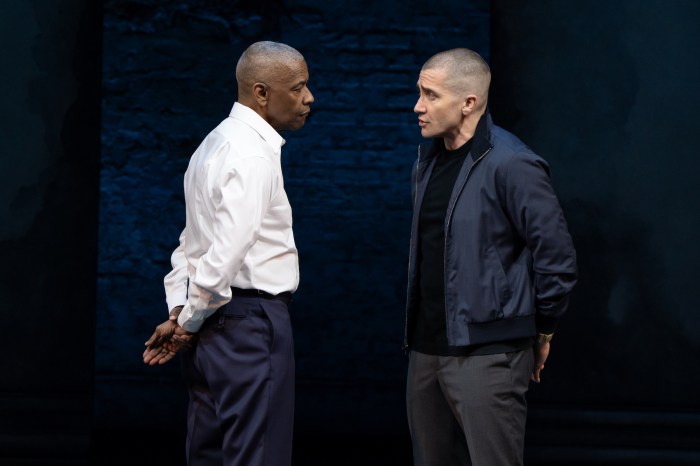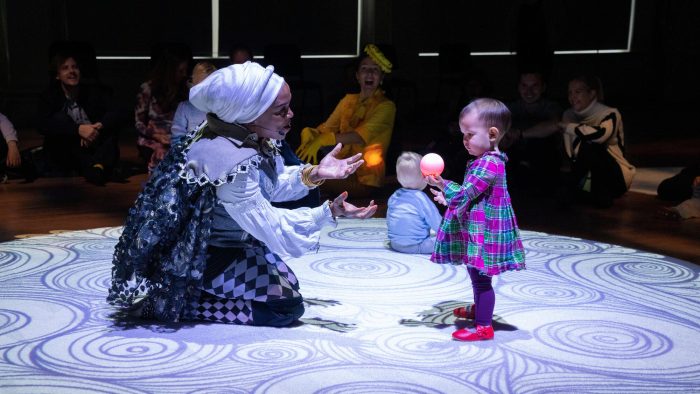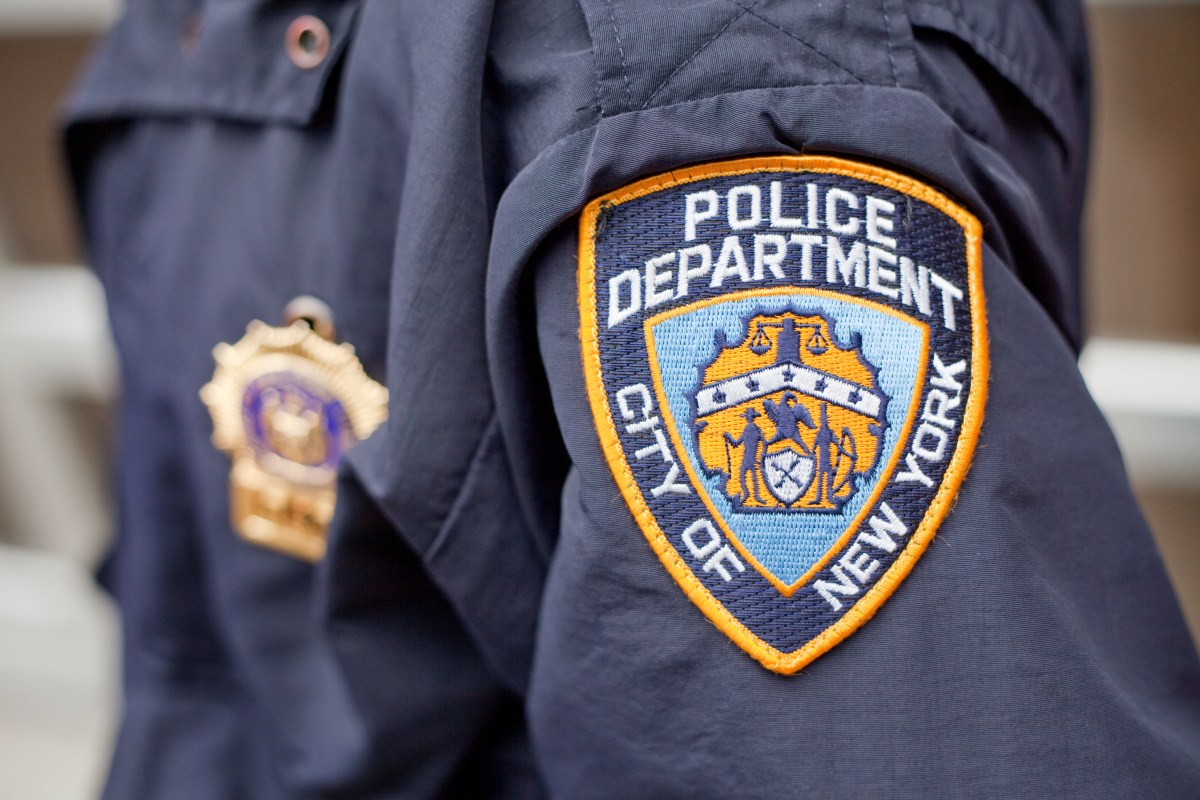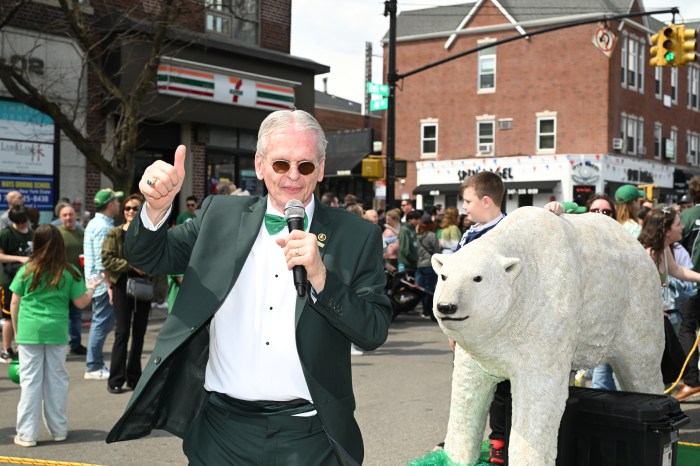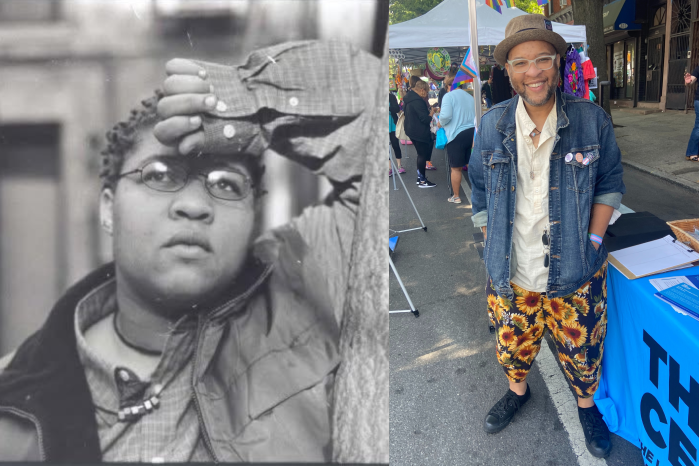“Cats” is “just about cats” – so insisted composer Andrew Lloyd Webber more than forty years ago when director Hal Prince asked Lloyd Webber whether “Cats” had deeper hidden meanings.
True to this spirit, the original Broadway production of “Cats” (which ushered in an age of long-running transatlantic musicals) was literally about cats, with performers in elaborate cat bodysuits and makeup dancing around an oversized junkyard.
Time has not been kind to “Cats” since its Broadway run ended in 2000. “Phantom” took its place as the longest-running show in Broadway history. (In fact, it is now just number five on the list of the longest-running shows.) A short-lived 2016 Broadway revival was an uninspired, tired rehash of the original production (not unlike what you would encounter on a non-Equity tour), and the 2019 CGI film adaptation was an epic embarrassment.
Then, a few years ago, word leaked that a new production of “Cats” was in development that would do away with the leotards, leg warmers, whiskers and giant flying tire and reimagine it through the lens of underground drag Ballroom culture, as seen in the 1990 documentary film “Paris Is Burning,” the television drama “Pose” and the reality series “RuPaul’s Drag Race.”
This triumphant new production, which is titled “Cats: The Jellicle Ball” (assumedly to distinguish it from a more typical production of “Cats”), is one of the most inspired, innovative, and unexpectedly successful revivals of a famous musical to be driven by an omnipresent visual concept imposed by a director.
It is currently receiving its world premiere in a limited run at the new Perelman Performing Arts Center at rebuilt World Trade Center site in Lower Manhattan – though one suspects that a Broadway transfer is being seriously explored (most likely to the Circle in the Square, which could accommodate the immersive, in-the-round staging).
In some respects, the new “Cats” works better than the original production, especially at creating characters who are believable and interesting rather than utterly ridiculous. The “Jellicle Cats” are now members of a diverse community of queer artists, in which the term “cat” is used as slang. Also, the framework of a “Jellicle Ball” (in which a single cat will be chosen as the winner) makes more sense as a literal Ballroom competition (with categories and trophies).
To the extent that the light verse/lyrics of T.S. Eliot (which have not been altered) have little relationship to this new setting, the production has another suggestion: this is all taking place in the imagination of the ballroom DJ, who finds a copy of the “Cats” Broadway cast album at the start of the show and proceeds to play it on the sound system of the abandoned warehouse where the competition is being held. It’s a fabulous midsummer night’s dream!
As directed by Zhailon Levingston and Bill Rauch, with “voguing” choreography by Arturo Lyons and Omari Wiles, the revival is visually stunning (with an immersive environment and spectacular costumes and wigs) and meticulously staged. Even more surprising, the score (given an electronic rendering by an eight-member orchestra, with some house-style dance beats added) sounds as fresh and otherworldly as ever.
Leading the cast is Tony Award winner André De Shields (“Hadestown,” “the Wiz”), who brings his trademark sense of flair and suave to Old Deuteronomy, the elderly cat sage and figurehead, who here sits at a judge’s table at the end of the runway stage. The cast also includes actual Ballroom veterans including Junior LaBeija and “Tempress” Chastity Moore. Among the other standouts is Emma Sofia as the “railway cat” Skimbleshanks (reinterpreted as a Latina subway conductor with a New Yorker accent).
It took four decades, but “Cats” is finally about more than just cats.
Perelman Performing Arts Center, 251 Fulton Street, pacnyc.org.
Read More: https://www.amny.com/entertainment/theater/




